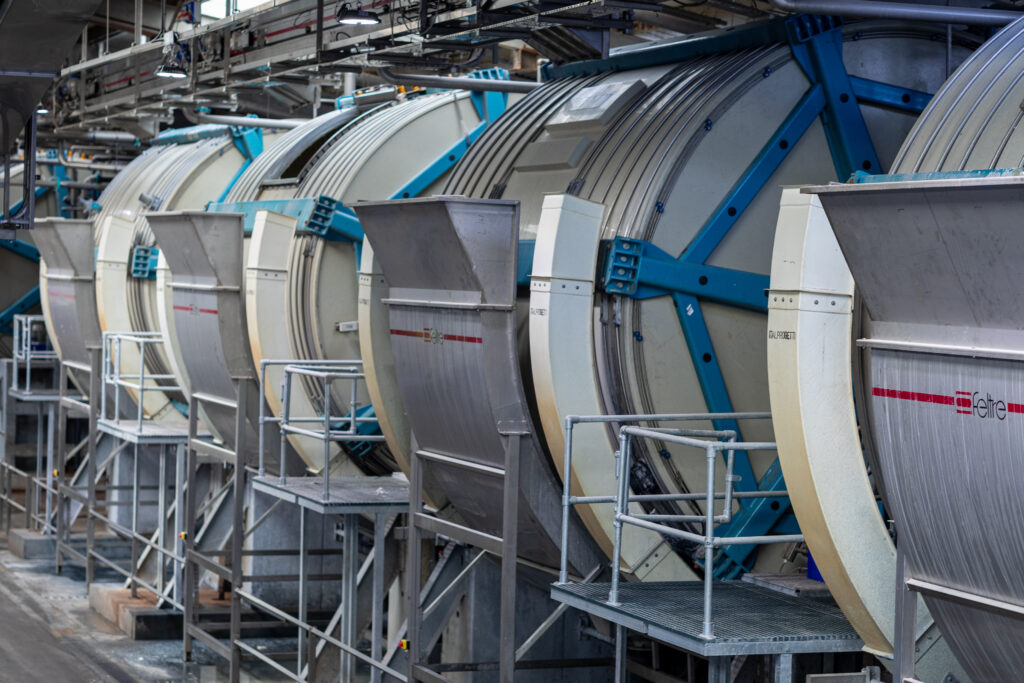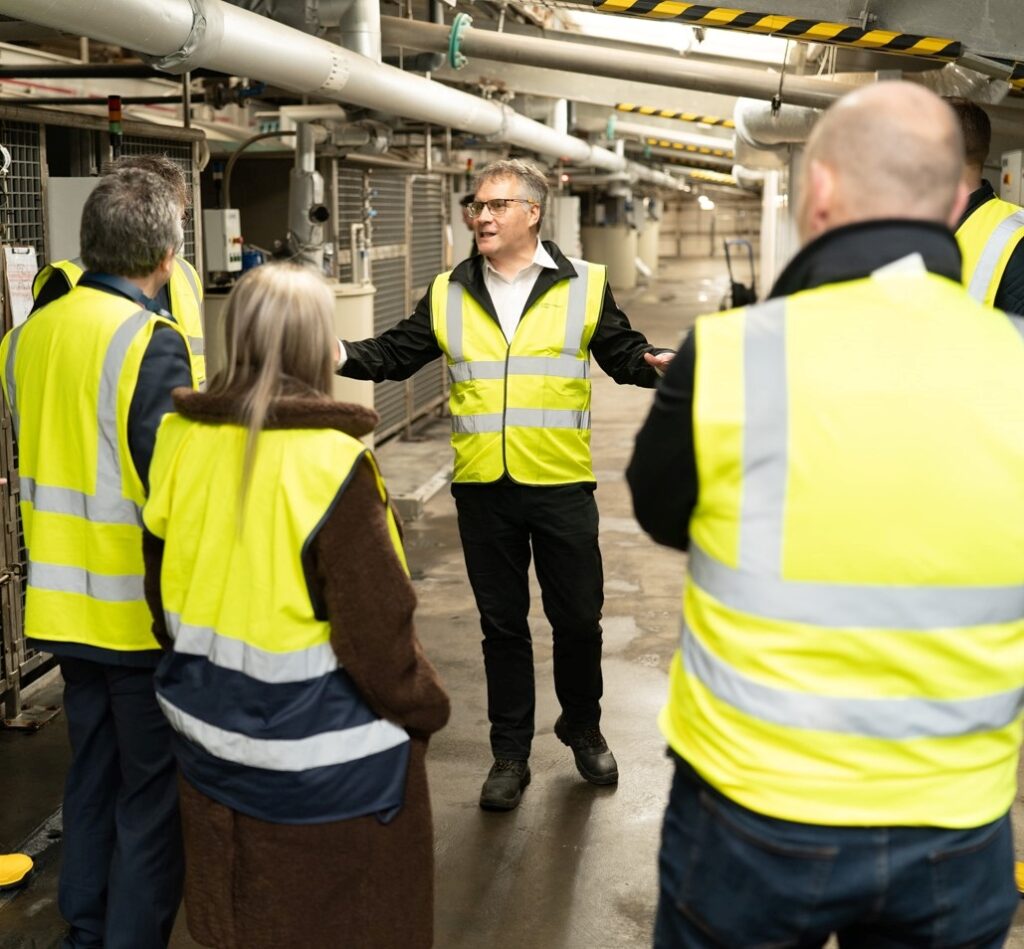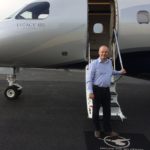 Scottish Leather Group (SLG), which comprises three units — Muirhead for aviation, public mobility, marine and furniture applications; Bridge of Weir for automotive applications; and Lang, its dedicated tannery — boasts more than 180 years’ experience in this most traditional of industries. But tradition doesn’t mean old-fashioned.
Scottish Leather Group (SLG), which comprises three units — Muirhead for aviation, public mobility, marine and furniture applications; Bridge of Weir for automotive applications; and Lang, its dedicated tannery — boasts more than 180 years’ experience in this most traditional of industries. But tradition doesn’t mean old-fashioned.
Passengers on more than 160 airlines, including Air Canada and Ryanair, sit on Muirhead leather. And since 2003, SLG has reduced the carbon intensity of its leather by 90%. The Bridge of Weir, Scotland-based company expects to become carbon neutral in 2025, a key target that helps airline customers meet their own decarbonization goals — and one that is achieved by applying the latest technology to 7,000-year-old processes.
Tanning is fundamental to leather production. It remains a smelly, polluting activity in many parts of the world, but Mike Thompson, product development manager at SLG says the firm’s latest tannery investment of £14 million has further improved a facility that ‘eliminates odors at source’, treats its wastewater and optimizes energy use.
“Our new tannery includes refrigeration for up to 4,200 hides, of which 98% are sourced in the UK and 60% from Scottish abattoirs; we take deliveries once or twice a day. We begin treating the hides in a process called liming. Here we’ve gone from using 16 7-ton capacity drums to eight more efficient, more sustainable 21-ton drums in the same space,” he explains to Runway Girl Network.
“The power required to drive the new drums is similar to that required for the old ones, giving us a 72% saving on electricity per hide. We’ve also reduced water consumption by 30% and eased back on chemical usage. We’re working on a hair-removal process that will save even more, while the hair itself will be filtered out and go for anaerobic digestion, saving on water treatment requirements.”
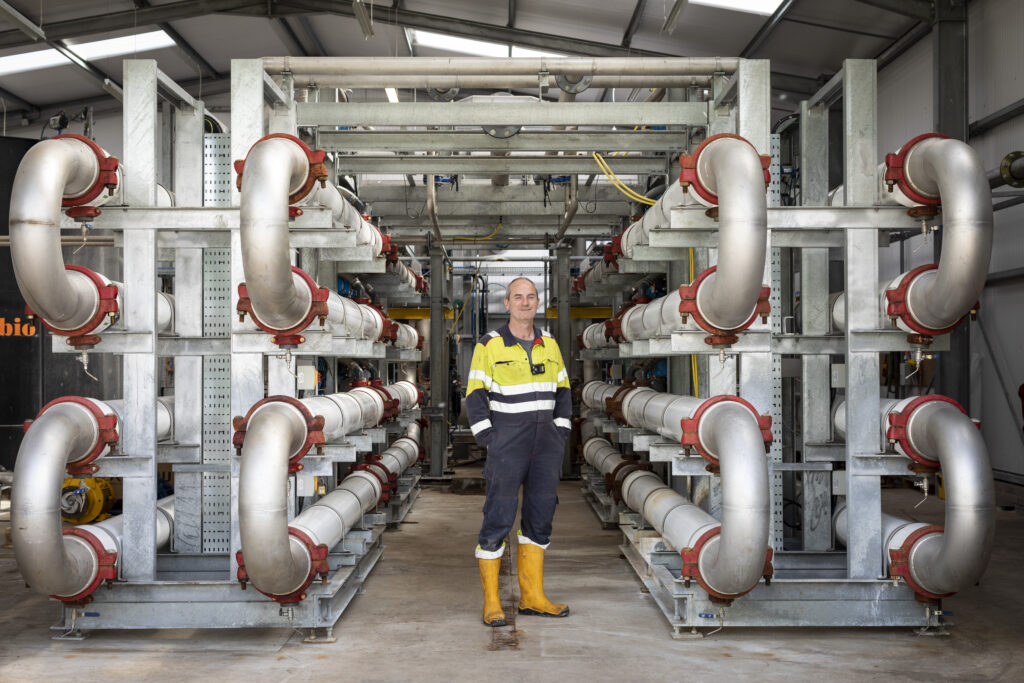
The Scottish Leather Group’s campus at Bridge of Weir has been re-engineered for sustainability. Technologies include this ultrafiltration plant, part of the site’s water treatment regime. Image: Scottish Leather Group
After liming, hides go through a machine that removes the subcutaneous material, known in the industry as ‘fleshings’. These then go into SLG’s thermal energy plant, where natural oils are recovered from them and typically sold, commonly for biodiesel or industrial lubricants.
The hide is next split into an upper layer, the grain, which finds its way onto aircraft seats among other uses, and the ‘drop split’, which is used in collagen products for the food industry, and footwear manufacture.
Finally, the hides go into fully automated ‘tanning drums’. Chemicals and water are administered very precisely, so that water consumption has been reduced by 50% and chemical usage by as much as 21%. The product, Thompson says, is also more consistent, which is especially important to airline customers.
Carbon dioxide is an essential ingredient in the tanning process; it is removed from the environment, not released. Thompson also notes that chromium is involved but emphasizes: “We use a relatively inert form that we’re nonetheless looking to replace.”
Returning to the tannery’s energy use, Thompson explains its thermal energy plant. “It takes the waste derived from leather manufacturing, including the dried sludges we remove from our wastewater. We use the material to generate syngas and through further processes use it to generate steam that heats the leather dryers and generates hot water for the tannery.”
SLG’s investment in leather production means it is fulfilling the needs of its aviation customers with industry leading sustainability credentials. Muirhead released its latest design collection, ReWILDing, at the 2023 Aircraft Interiors Expo (AIX) in Hamburg. Jamie O’Donnell, lead aviation designer at Muirhead, reports: “Our customers loved it, especially how it connected into our sustainability story and Scottish heritage.”
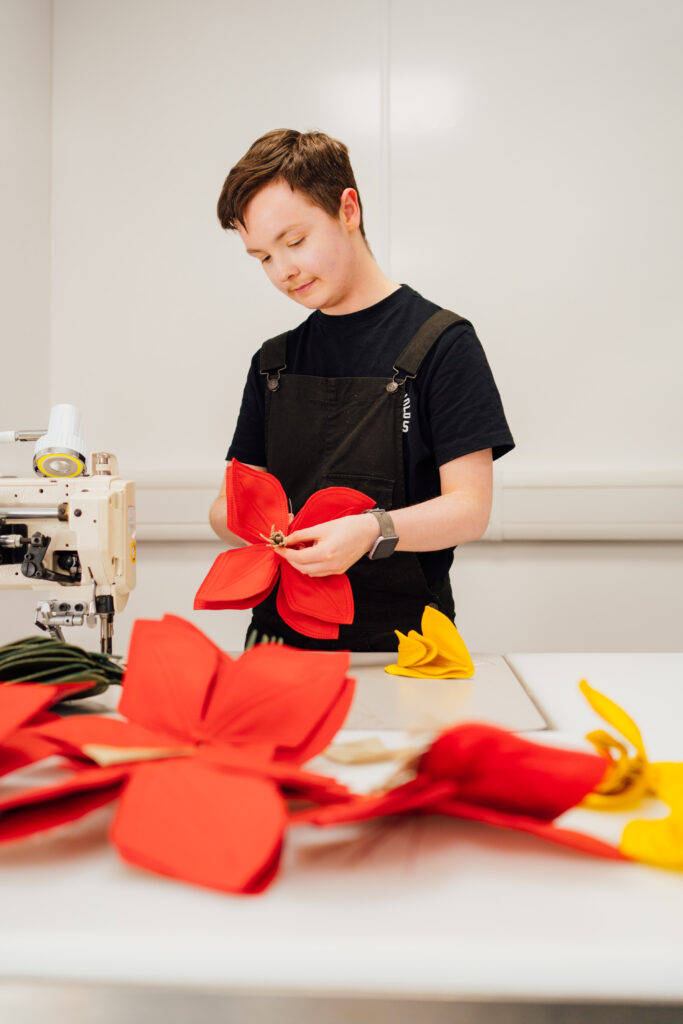
Jamie O’Donnell, lead aviation designer at Muirhead, making leather flowers ahead of the 2023 AIX show. Image: Scottish Leather Group
Customers generally choose textures or designs from a collection to express in their own brand colors. O’Donnell says custom embossing is also popular with the airlines. “Our collections provide inspiration to airline cabin designers and although we don’t release a collection every year, we watch global design trends. We’re seeing a continuation of health and wellness themes, and we’ll have new ideas for AIX this year.”
Related Articles:
- Designing for sustainability: Soisa studies pecan shells for interiors
- Nature and sustainability inspire ReWILDing collection from Muirhead
- Germany’s BDLI seeks to move the needle on cabin sustainability
- The role of anti-stain leather in Emirates’ impressive PE seats
- Sustainability proves key trend for inflight fabric: John Horsfall
- Tapping into real and “perceived” value with seat covers
- Scottish firm to breathe new life into old leather seat covers
Featured image credited to Scottish Leather Group






